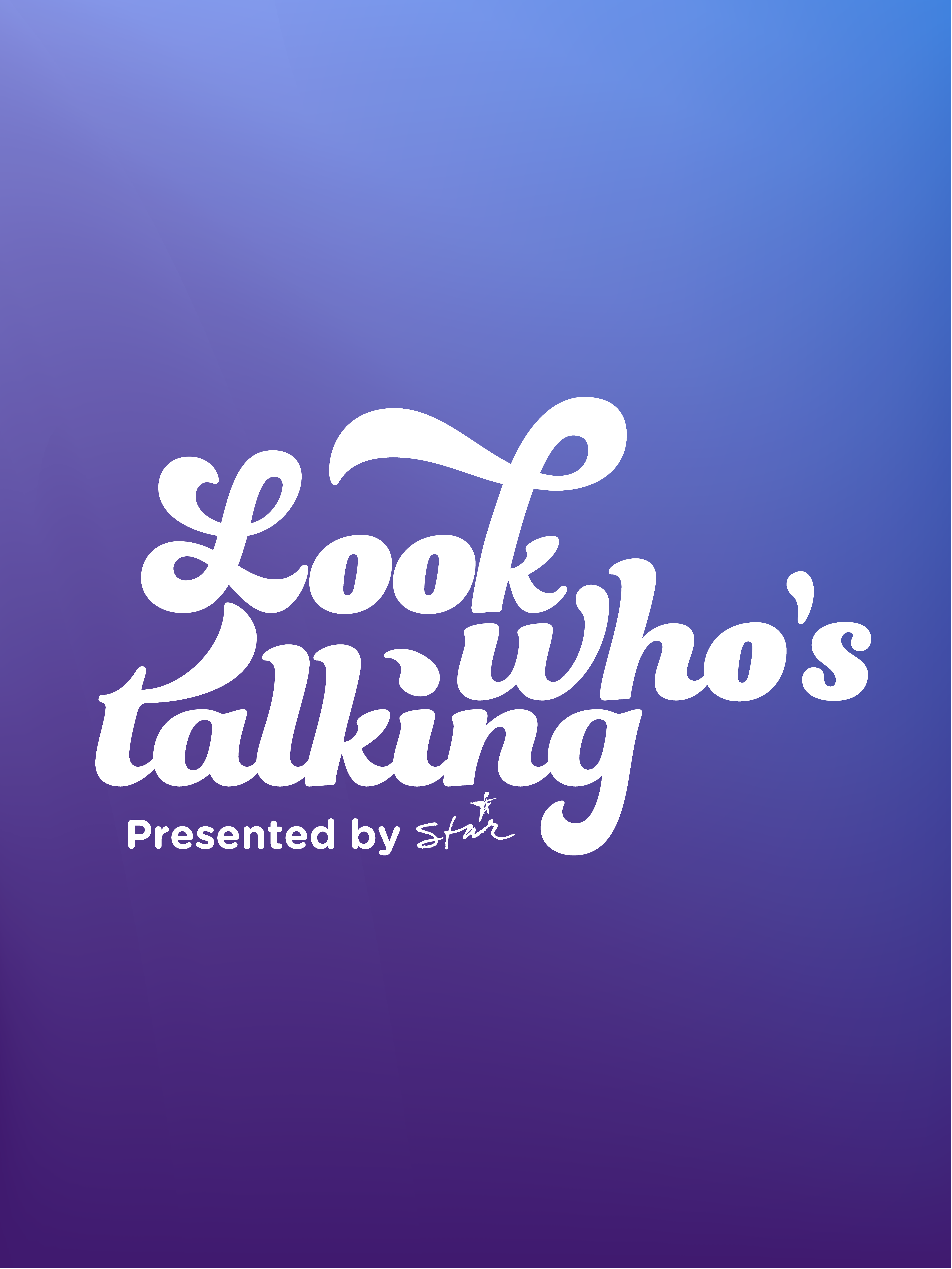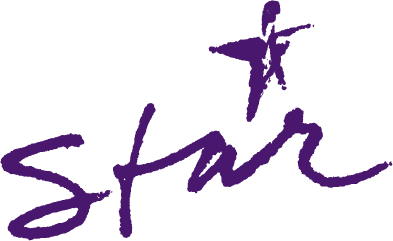It’s time to dig deep into the process. The creative process, that is. Our creative development at STAR flows through ideation, design, engineering and material exploration to meet our client’s brand and budget requirements. It’s a strategic and important part of what we offer our clients to ensure projects flow effortlessly. So, we wanted to take a moment and sit down with our Creative Director, Dane Giles, to chat with him about how he approaches the creative process on the day-by-day.
A little bit about Dane: Dane has been with STAR for three years designing incredible concepts for custom environments across trade shows, retail spaces, office interiors and other high-visibility spaces. He graduated from the University of Wisconsin-Madison and (cool note) spent two years teaching English in Japan.
Dive into our conversation with Dane below.
STAR: Hi, Dane! To get started, could you tell us what you do here at STAR?
Dane: As a creative director, I lead the concepting and design of innovative experiences for our client brands that connect and resonate with their customers. Alongside our account directors and executives, I work directly with clients and agencies to ensure our solutions meet the unique goals of the project and are on-time, on-budget and on-brand. I get to collaborate with a multi-disciplinary team of in-house and freelance designers to create these designs and we’re supported by a talented team of engineers and fabricators to help bring them to life.
STAR: What does a typical (or not so typical) day look like for you?
Dane: Every day is different, which is one of the great things about the job. Along with providing direction to the creative team, on any given day I could be involved in a discovery session for a new client or project, traveling to pitch a new concept, or leading a whiteboard session to develop ideas with the team. Sometimes all in the same day! It can be hectic, but it’s never boring. Even though I’ve been doing this for a long time, I still find lots of opportunities to do something I’ve never done before.
When you approach a new project, what inspires you? Is it work that’s been done before? The brand itself? Music? Place?
Hard to answer, as it comes from many places. I try to start by pulling from the core elements of the project: branding, product, location, theme so the experience feels grounded and relevant. From there I layer in whatever feels right. That could be a concert I recently attended, architecture, a new technology or even one of my kids’ toys. I think it’s important to disconnect and let your mind “rest” by doing something physical, even if it’s just for a short time, to encourage new trains of thought.
STAR: Recently, the word “design” goes beyond traditional product and communication realms. People expect that design plays the role of more socio-technical interventions like experiences and social innovations - designing for interactions. That’s what we do here at STAR! Can you explain how that affects your approach and process?
Dane: Everything is customer experience – lots of small impressions that add up to a broad feeling about a brand or product. I like to think about the experience like a story or script. When this person arrives at the space, what’s the first thing they see? What should they feel? What happens? What happens next? What environmental queues will promote this particular story or interaction?
STAR: When you approach a project, what are some of the first questions you try to answer from a design perspective?
Dane: Generally, I like to start at a high level (especially with new clients) and funnel down to more tactical specifics, but what I really want to know about are the ultimate goals for the project. What do we need to achieve? If I have a good feel for the brand, the customer and the objectives, I can start to put ideas together.
STAR: In your opinion, what is the most crucial part of the design process that makes your job successful?
Dane: Discovery. The more we know, the better and more relevant our solutions become.
STAR: Can you describe the flow of a creative process throughout a project? What are the first steps? How do you refine the project? If you have to move back to the drawing board, what happens?
Dane: We begin with discovery, preferably in-depth and face to face. From there we move into concepting, often starting with rough ideas (sketches, traffic mapping, mood boards) and dialing in from there. Collaborating with the client through this process helps to prevent going “back to the drawing board”, but it happens, and we have to take it in stride as missteps and even failures are a part of the design process. Sometimes this involves a scramble as time may be short, be we are flexible and bounce back quickly. From there we refine details and value engineer to make sure we’re hitting budget targets. After everything is approved, we hand the concept of to our engineers to begin production.
STAR: Explain how well-strategized design solve business problems. If possible, give some of your favorite examples of campaigns that have been successful.
Dane: This calls to mind the “Digital Transformation Experience” we helped to create for Emerson. It was an experience combining thematic physical environments, digital content and live actors that helped to illustrate how IoT technology is drastically altering the industrial landscape and driving positive change in the kind of work and quality of experience that workers are having. The program has been very successful and has been through several iterations to demonstrate different technologies. This success comes from the months of strategic work that was done before pencil hit paper – audience profiling, storyboarding, whiteboard sessions, so that we had a clear and concise set of messages that needed to be communicated.
And that's a wrap! Have more questions about what we do at STAR or how we approach the creative design process? We’re happy to answer them! Contact us here.


